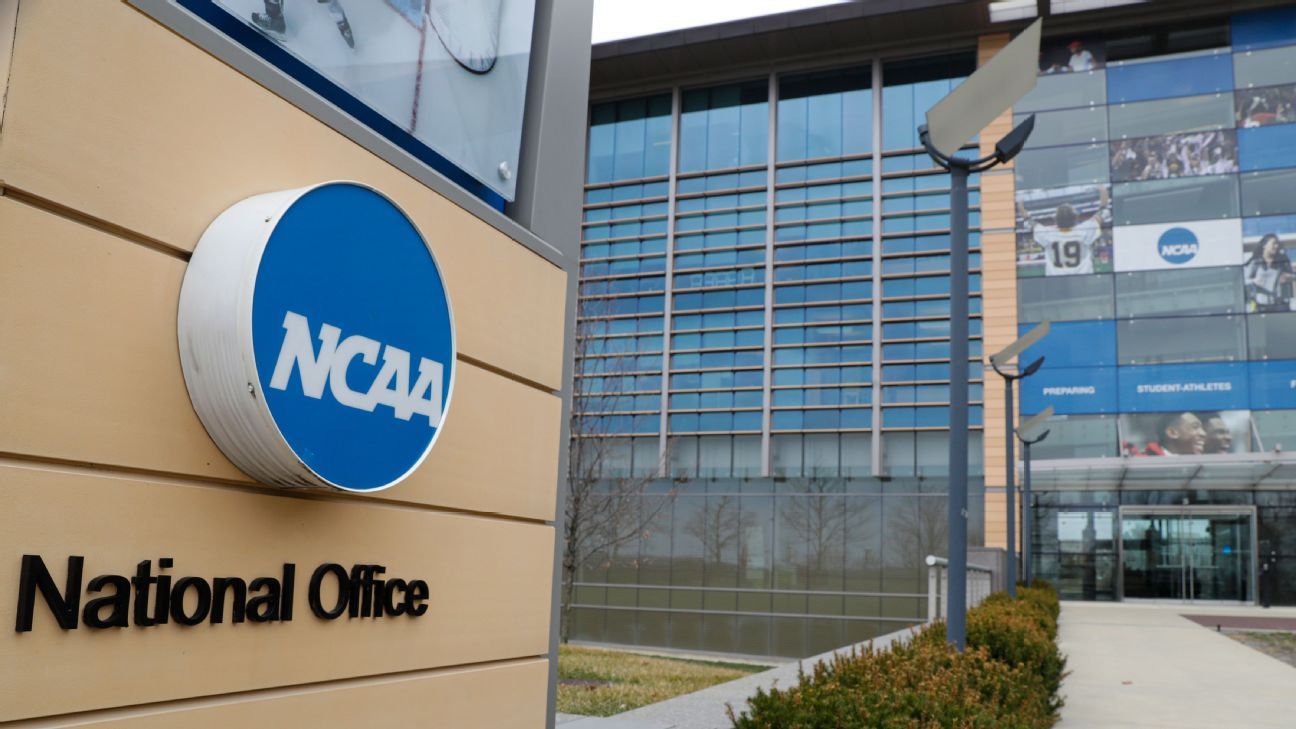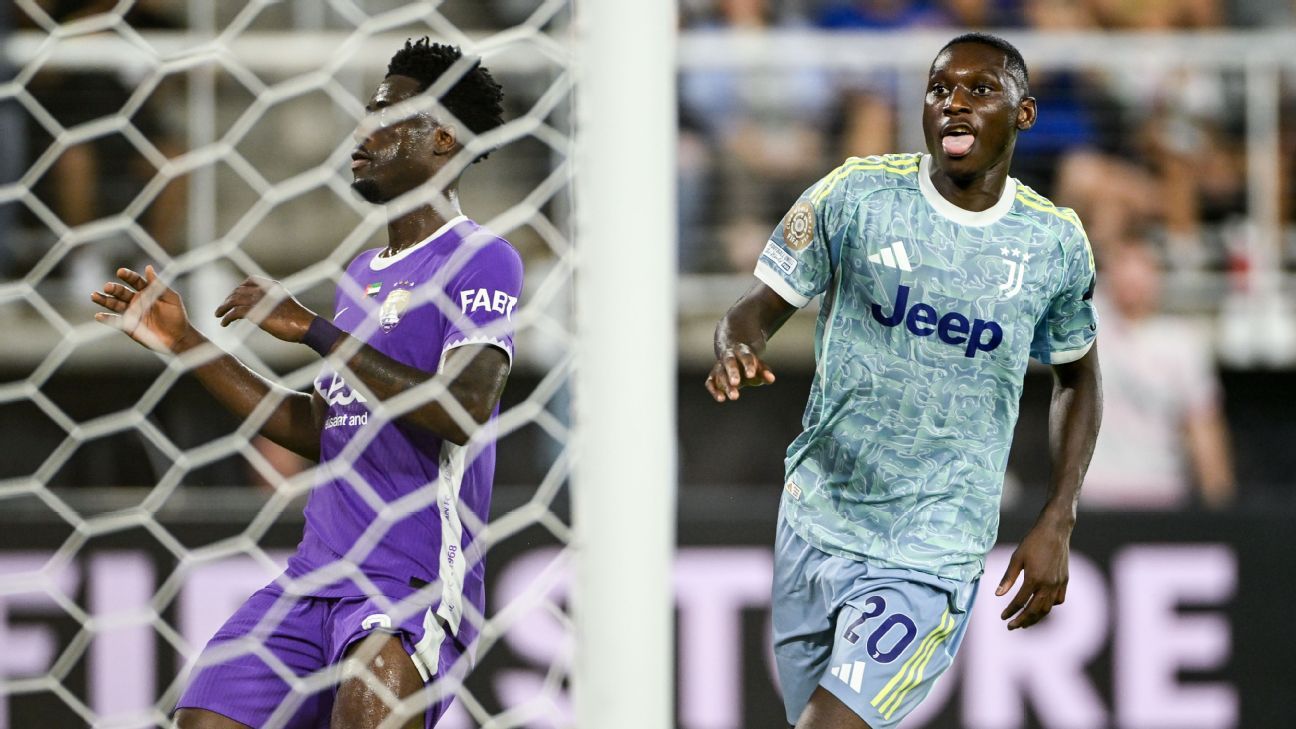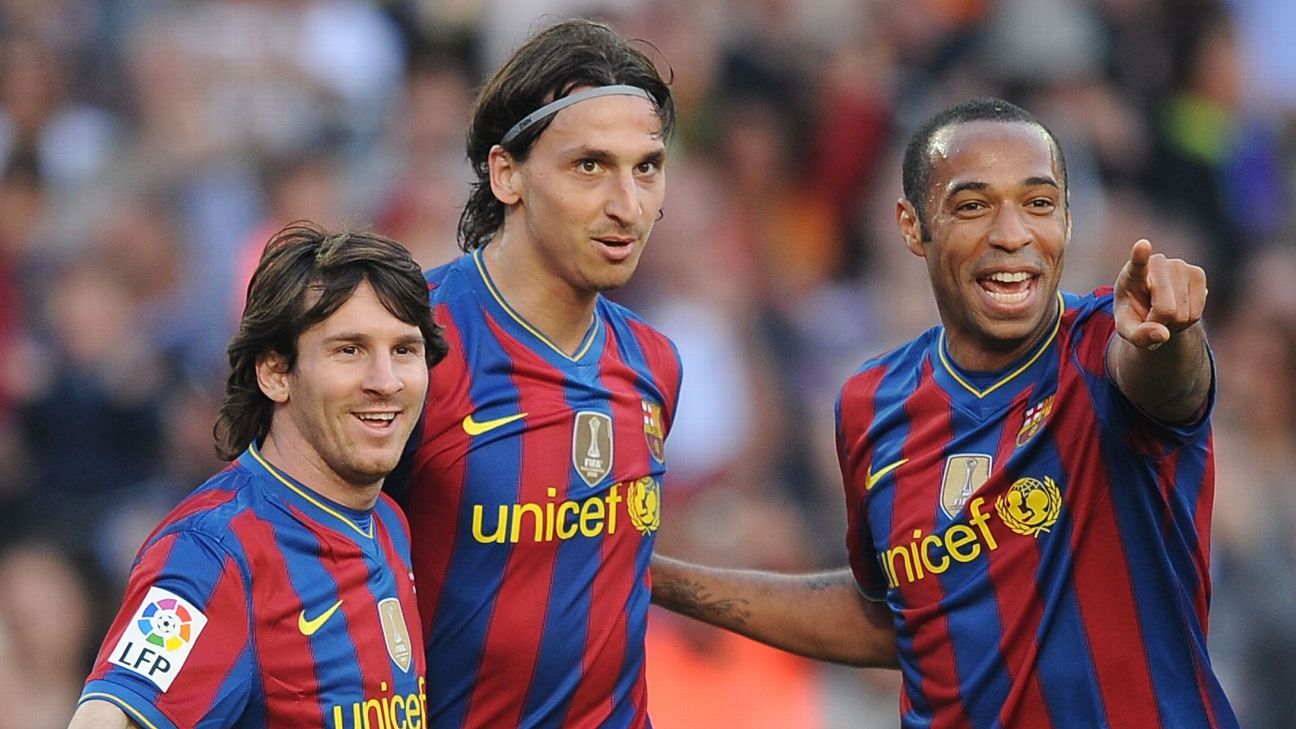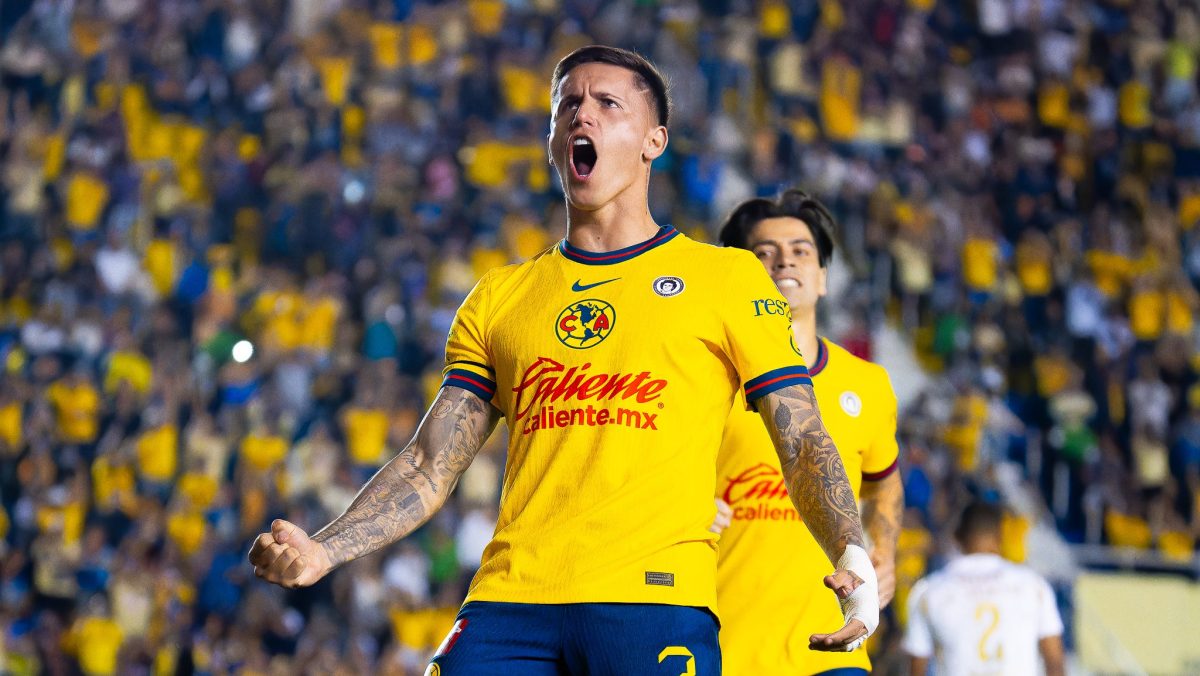Unmasking the Truth: Navigating the Complex Landscape of NIL Deals
The explosive growth of Name, Image, and Likeness (NIL) agreements since their 2021 NCAA approval has created both opportunities and ethical quagmires for college athletes. As billions flow through this unregulated market, student-athletes now face the daunting task of distinguishing legitimate endorsements from pay-to-play schemes while navigating murky tax and compliance issues. This investigative piece examines the current state of NIL deals through athlete experiences, expert analysis, and emerging regulatory challenges.
The Gold Rush of Collegiate Endorsements
Since the NCAA v. Alston Supreme Court decision cleared the path for NIL compensation, over $1 billion has changed hands through athlete endorsements according to Opendorse data. The average Division I athlete now earns $3,711 annually from NIL deals, with star quarterbacks at powerhouse programs commanding seven-figure collectives.
“We’ve gone from zero to 100 mph with no speed limits or guardrails,” observes sports attorney Miranda Wright. “While the earning potential excites athletes, most lack the business acumen to evaluate contract terms or understand long-term tax implications.”
Three distinct NIL models have emerged:
- Direct brand partnerships: Traditional endorsements with local/regional businesses
- Collective arrangements: Boosters pooling funds to compensate athletes
- Pay-for-play schemes: Disguised recruiting inducements violating NCAA guidelines
The Thin Line Between Opportunity and Exploitation
At the University of Miami, freshman quarterback Jaden Rashada made headlines when a reported $9.5 million NIL deal fell through, exposing the volatility of verbal agreements. Meanwhile, University of Texas athletes earned $48,000 on average last year through the school’s partnership with NIL platform Altius.
“The disparity between haves and have-nots grows daily,” notes NCAA compliance officer David Chen. “While some athletes hire agents and accountants, others sign away lifetime image rights for $500 and a free sneaker deal.”
Recent controversies highlight systemic issues:
- 38% of NIL contracts contain no termination clauses (NIL Network study)
- Only 12% of female athletes earn over $10,000 annually versus 27% of male athletes
- 60% of collectives operate as LLCs with no transparency about fund distribution
Regulatory Challenges in the NIL Marketplace
With 32 states having passed conflicting NIL laws and zero federal oversight, the current landscape resembles the “Wild West” according to Senator Maria Cantwell (D-WA), who recently proposed the College Athlete Protection Act. The bill would establish:
- Standardized contract requirements
- Financial literacy mandates
- Third-party arbitration for disputes
Meanwhile, the NCAA’s toothless enforcement has allowed blatant recruiting violations to flourish. “When a five-star recruit announces an NIL deal worth more than most NFL rookie contracts, everyone knows it’s really a signing bonus,” says former coach turned analyst Rick Neuheisel.
Empowering Athletes Through Education
Forward-thinking programs like Ohio State and UCLA now require NIL education programs covering:
- Tax implications of endorsement income
- Social media compliance (FTC disclosure rules)
- Intellectual property rights management
- Financial planning for short-career earnings
Star gymnast Olivia Dunne of LSU credits such programs for her successful NIL strategy: “Understanding brand alignment helped me turn 7 million TikTok followers into partnerships that outlast my college career.”
The Future of NIL: Predictions and Protections
As NIL evolves, experts anticipate several developments:
- Federal legislation: Likely within 2-3 years to standardize rules
- Revenue sharing: Schools may directly compensate athletes
- Unionization: Athlete associations gaining collective bargaining power
For now, athletes must navigate this landscape cautiously. “Read every clause, consult professionals, and remember – if it sounds too good to be true, it probably is,” advises financial planner Tyler Bosch, who specializes in athlete wealth management.
The NIL revolution has empowered college athletes but demands equal parts opportunity and vigilance. As this market matures, stakeholders must balance financial potential with protections to ensure fairness in this new era of collegiate sports.
Want to understand how NIL impacts your favorite team? Subscribe to our newsletter for weekly analysis on evolving athlete endorsement trends.
See more Sky News Portal



